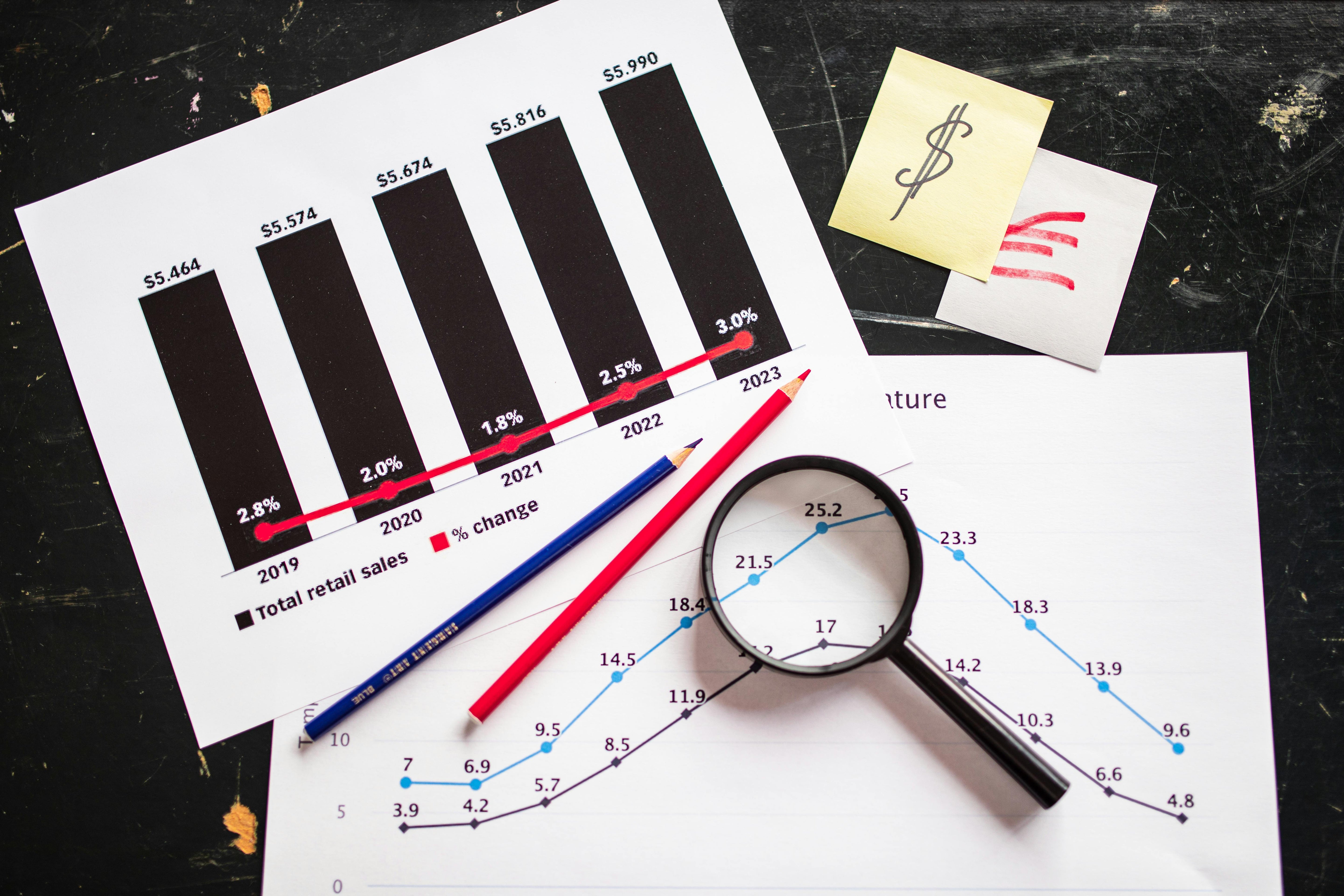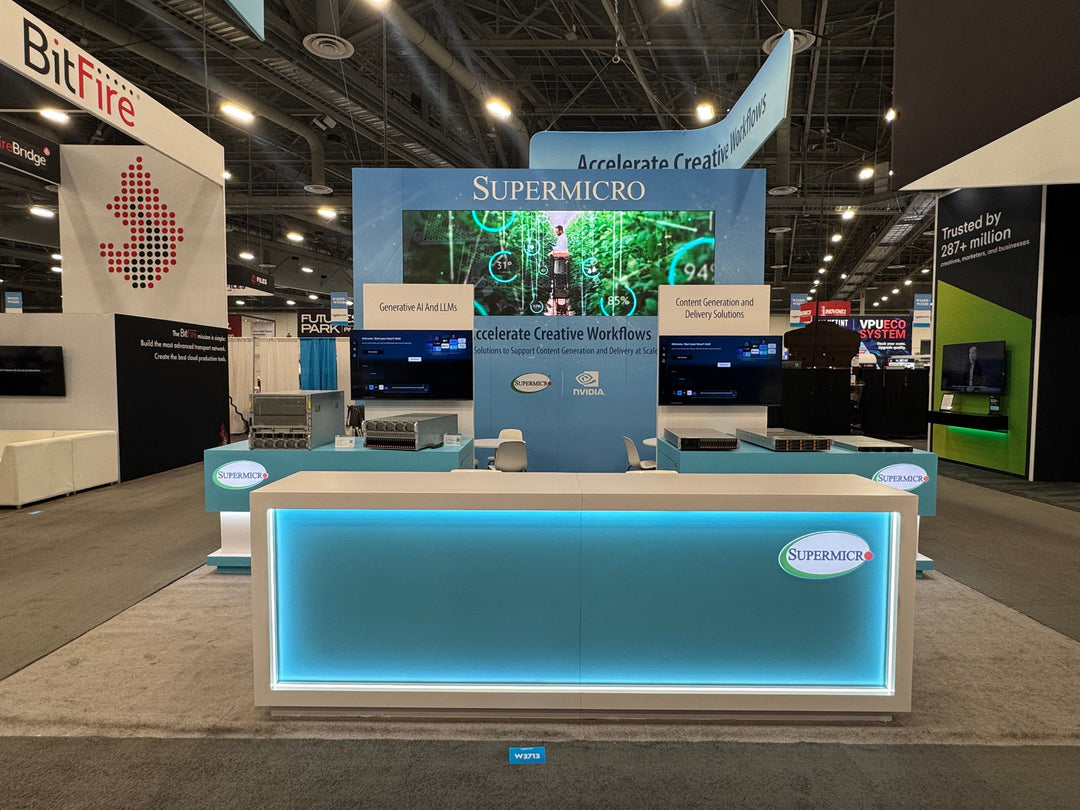When evaluating trade show success, many exhibitors default to one metric: foot traffic. While the number of visitors can be a strong indicator of booth visibility, it doesn’t tell the whole story. At KSM Exhibits, we believe smart exhibiting means looking deeper. Understanding a variety of booth performance metrics will give you a clearer picture of ROI, attendee engagement, and long-term value. This blog explores the key metrics beyond foot traffic that every exhibitor should track to optimize future shows.
Why Foot Traffic Isn’t Enough
Foot traffic only answers the question: How many people walked by or entered our booth? It doesn't tell you who those people were, how they interacted, or whether the experience led to future business. Solely relying on headcount leaves gaps in strategy, planning, and success measurement. Modern trade show booths are experiential, data-driven environments. That means you need metrics that measure interaction, influence, and intent.
Key Booth Metrics That Truly Matter
1. Dwell Time
What It Is: The average amount of time attendees spend inside your booth.
Why It Matters: Longer dwell times often indicate stronger engagement. If someone stays for 5+ minutes, they likely interacted with your team, watched a demo, or explored your space. Tracking dwell time helps you assess the effectiveness of your layout, product displays, and staff engagement.
How to Track: Use RFID badges, heat mapping software, or manual tracking apps.
2. Engagement Rate
What It Is: The percentage of visitors who actively engage with your booth features (demos, games, VR, touchscreens, staff interaction).
Why It Matters: Engagement reflects the quality of booth experience. A high engagement rate means your messaging, design, or interactivity sparked interest.
How to Track: QR code scans, touchscreen interaction logs, or badge scanning at engagement points.
3. Lead Quality Score
What It Is: A ranking or grading system for how qualified your booth leads are, based on your internal criteria (job title, buying timeline, budget).
Why It Matters: It’s not just about quantity. Tracking the quality of leads ensures your team is having meaningful conversations with decision-makers.
How to Track: Use CRM-integrated lead capture apps that allow tagging, notes, and follow-up categorization.
4. Conversion Rate
What It Is: The percentage of leads generated that result in a follow-up action (meeting, quote, sale).
Why It Matters: This metric connects your booth presence to post-show outcomes. High conversion rates mean your booth messaging and staff did an excellent job setting up the next step.
How to Track: Compare lead capture lists with CRM activity logs and sales reports 30, 60, or 90 days after the show.
5. Brand Recall and Sentiment
What It Is: Measures how well attendees remember your brand and what they associate with it.
Why It Matters: Exhibiting is not just about closing deals—it’s about long-term positioning. Strong recall and positive sentiment help build trust and preference.
How to Track: Use post-show surveys, social media listening, or in-booth feedback stations.
6. Social Media Activity
What It Is: The amount and type of social media engagement tied to your booth presence.
Why It Matters: Online buzz amplifies your booth impact. Hashtag mentions, tagged photos, and influencer posts expand your reach beyond the event floor.
How to Track: Monitor branded hashtags, geotags, or use social media management tools for event-specific tracking.
7. Staff Productivity Metrics
What It Is: Tracks individual or team-level data on conversations held, leads collected, or demos given.
Why It Matters: Your booth staff are key to success. Measuring productivity helps optimize training, scripting, and staffing for future shows.
How to Track: Use lead capture apps that allow staff login or assign team leads to track performance.
8. Cost Per Lead (CPL)
What It Is: Total cost of the booth divided by the number of qualified leads generated.
Why It Matters: A lower CPL means you're generating leads more efficiently. It's essential for calculating ROI.
How to Track: Include all booth-related costs (design, rental, travel, promotions) and divide by lead count.
Best Practices for Tracking Booth Metrics
1. Set Clear Goals Before the Show
Define what success looks like: More qualified leads? Brand awareness? New product demos? Your goals dictate which metrics matter most.
2. Equip Your Team with the Right Tools
Invest in lead capture apps, analytics tools, and surveys. Make sure your team knows how to use them.
3. Integrate Metrics with Your CRM
Sync event data directly into your CRM to streamline follow-ups and long-term analysis.
4. Conduct Post-Show Debriefs
Review your data within a week after the show. Share insights with your sales and marketing teams to refine strategy.
5. Benchmark and Compare
Compare metrics across different shows and years. This helps you spot patterns and double down on what works.
How KSM Exhibits Helps You Track What Matters
At KSM Exhibits, we don’t just build eye-catching booths—we design with outcomes in mind. Our custom and rental booths can be outfitted with smart tech integrations, like heat-mapping, touchscreen engagement logs, and QR-based gamification to help you track and analyze key performance metrics.
Our team works with you to identify your exhibiting goals and set up tailored measurement strategies. Whether you're focused on lead quality, brand awareness, or maximizing ROI, we help you collect the data that matters most.
Final Thoughts: From Traffic to Impact
In today’s competitive trade show landscape, knowing how many people visited your booth isn’t enough. To truly understand and improve your trade show ROI, you need to measure depth, not just volume. With the right tools, strategy, and support from a partner like KSM Exhibits, your booth can go beyond impressions and start driving real business results.
Ready to build a booth that performs as well as it looks? Contact KSM Exhibits today to talk about your next event and how we can help you measure success beyond foot traffic.





